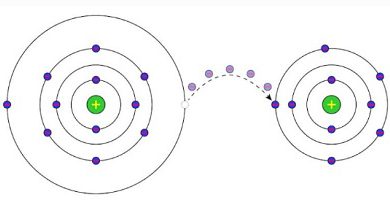What is news?
We explain what a news is, some of its main features and how to distinguish what is news and what is not.
-
What is news?
The news is a package issued by the discursive media they intend to inform a targeted audience about something that is a novelty , which is important and is current. The news differs precisely from what it is not because of the degree of affectation it has with society and with its temporal and spatial relationship.
The news can be texts in newspapers, words spoken by a person on the radio or videos that are observed on television or the Internet . While a particular person can tell another a novelty and then would be revealing a story, it is usually considered as such to those that are transmitted by mass media, or local.
In the daily life of all places in the world different things happen, and some of them impact on the lives of others . Issues of a political, economic, police nature or outstanding activities of groups of people such as sports, technological or artistic. Each of these events are told by journalists or people of communication through a medium, but not before providing it with its own codification and language of the journalist and media support.
-
What is news and what is not?
In order to answer this question, journalists establish a series of news factors that determine the degree of importance of an act or event to know if they are publishable:
- There are sections and topics that are news daily in any urban epicenter: the political and economic tasks of local and national spheres are news all the time, because they define the daily construction of the public sphere and its details.
- The news must be current, that is, it has to be told as soon as it happened and as long as it passes in real time . A road accident or the death of someone famous loses sustenance if it is counted after several days, and especially if it was already told by other means.
- The proximity is a determining factor, since if the news to be told is for example a fire, that such an event has occurred thousands of kilometers from the city where it is told, it will almost have no impact on the public since they are things foreseen in everywhere. What can turn such a fire into news is whether the situation presents a greater social severity such as deceased persons or underlying problems .
- Here comes another important factor that is the magnitude of the impact : as morbid as it may seem, news with many dead or very serious disasters, attracts a lot of attention and makes them news immediately throughout the world. In the same way, the rarity or transcendence of an event, such as the fall of an airplane or the overthrow of a president, is chronic the next day in any city, however far away it may be.
- The emotion or discoveries are secondary factors that fill the pages of newspapers, but also consider the news: the discovery of a vaccine, the appearance of a castaway lost, or stories of the heart of the famous.
Technically, modern journalism considers as well-written or informed news to which it can answer five basic questions: what happened, how it happened, who or who took part in the event, when the news was developed, why and where it happened. Because this arose from the Traditional American School of Journalism , the definition of “five W” was taken from English, by the interrogative pronouns of that language. If the wording can inform about these premises, then it is news.





